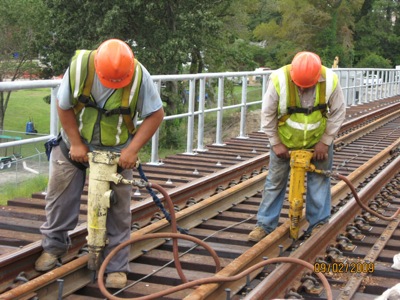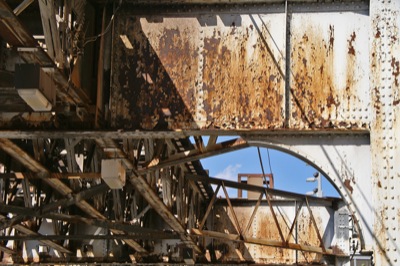Last week, Transportation Secretary Ray LaHood announced that federal transit grants would now focus on “livability.” Buried beneath this rhetoric is LaHood’s decision to eliminate the only efforts anyone ever made to make sure transit money isn’t wasted on urban monuments that contribute little to transportation.
Back in 2005, then-Secretary Mary Peters stunned the transit world when she adopted a “cost-effectiveness” rule for federal transit grants to new rail projects. In order to qualify, transit agencies had to receive a “medium” cost-effectiveness rating from the FTA, meaning they had to cost less than about $24 for every hour they would save transportation users (either by providing faster service to transit riders or by reducing congestion to auto drivers). This wasn’t much of a requirement: a true cost-efficiency calculation would rank projects that cost $0.50 per hour much higher than projects that cost $23.50 per hour; under Peters’ rule, they were all ranked the same. But any projects that went over the $24 threshold (which varied with inflation — by 2009 it was up to $24.50) were ruled out.
After throwing various temper tantrums, transit agencies responded in one of four ways. Those close to the $24 threshold went back and cooked their books to either slightly reduce the cost or slightly increase the amount of time the project was supposed to save. Those that were hopelessly far away from the $24 threshold, but had powerful representatives in Congress, obtained exemptions from the rule. These included BART to San Jose, the Dulles rail line, and Portland’s WES commuter train. Those that didn’t have the political clout either shelved their projects or, in a few cases, tried to fund them without federal support.









